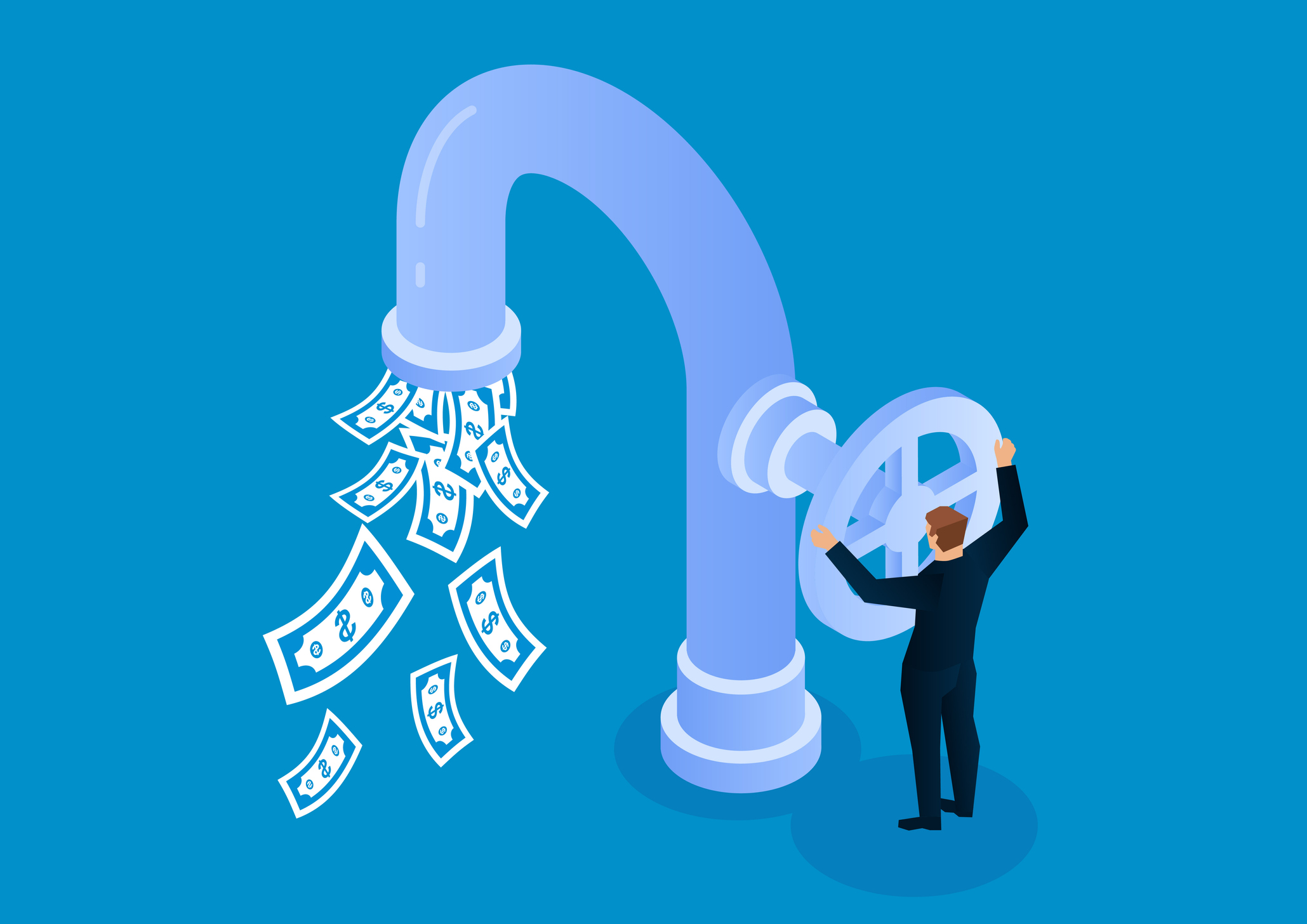5 Types of Income Investments That Should Shine in 2014
If you’re set for life or will need your money soon, go ahead and bank your cash. Otherwise, get in there and invest.

If you want to know why many adventurous income funds performed so well the past year despite so much angst about the direction of interest rates, take a gander at page 24 of the Third Avenue Focused Credit Fund’s latest shareholder report: “Debt instruments that had been traditionally sold as ‘safe’ have simply paid too little to contend with rising interest rates or even modest inflation. Those instruments that have traditionally been considered as ‘risky’ are actually better positioned to perform well under current economic conditions.” Third Avenue Focused Credit, which buys low-rated corporate bonds, returned 15% in the first 11 months of 2013.
Rick Rieder, the bond chief of the BlackRock funds, says much the same, only more succinctly: “Safe assets are risky and risky assets are safe.” And consider the headline in a recent report from Bank of America Merrill Lynch: “Fear not the Fed.”
Say what? Isn’t the Fed about to bring us Bondmageddon by easing the pedal on its super-accommodative monetary policy? And won’t the resulting rise in long-term interest rates wreck just about all income-producing investments? But the conventional wisdom is often wrong, and that may turn out to be true in 2014, at least for certain supposedly risky income investments.

Sign up for Kiplinger’s Free E-Newsletters
Profit and prosper with the best of expert advice on investing, taxes, retirement, personal finance and more - straight to your e-mail.
Profit and prosper with the best of expert advice - straight to your e-mail.
Moreover, although the Fed is likely to cut back its $85-billion-a-month bond-buying program soon, that doesn’t mean the central bank is about to clamp down on the economy. Most important, the Fed is likely to keep short-term interest rates near zero until 2015. If you’re set for life or will need your money soon, go ahead and bank your cash. Otherwise, get in there and invest. (Editor's Note: After this column was first published in the February 2014 issue of Kiplinger's Personal Finance magazine, the Fed announced its plans to begin tapering its bond-buying program in January 2014. For more information, see Interest Rates and the Fed's Taper.)
Here are five income categories that should continue to perform well.
1. High-yield corporate bonds had a winning year in 2013, so the category is attracting a lot of money, which isn’t necessarily a plus. And credit standards for some new junk bond issues have been lax. But the 4-percentage-point gap between the yield of the average junk bond and the yield on ten-year Treasuries is wide enough to support prices. If junk bond prices temporarily fall 5%, bargain hunters will appear. You’d be wise to join them.
2. One rap on real estate investment trusts is that they often borrow to expand or to refinance their debts, leaving them vulnerable to rising rates. Property-owning REITs had a rare nonrecession off year in 2013, essentially breaking even through November 29. But independent analyst Brad Thomas has found that in 16 prior periods of rising Treasury yields, property REITs produced positive returns 12 times. The sluggish 2013 was mainly the result of profit-taking after a long period of super performance. Expect better results in 2014.
3. Preferred stocks took it on the chin last spring and summer. But they have steadied as buyers find yields that can be double or triple those of the same issuers’ common stocks. Some preferreds now yield 6.5% to 7%.
4. For a while, even municipal bonds fell victim to fear of the demonic Fed. But tax-exempts are less sensitive to rate gyrations than, say, Treasuries and mortgages. The troubles of the one and only Detroit illogically resulted in selloffs of bonds from thousands of sound localities. As a result, you can easily get tax-free yields of 3% for ten years and 4.5% for 30 years from highly rated municipalities.
5. Finally, what about the stock market, which contains many issues paying 3%, 4% and up? Yes, the market may experience a hiccup when the Fed makes clear that it’s finally ready to taper its bond-buying program. But that will happen only when the Fed believes the economy is strong enough to withstand higher bond yields—a plus for stocks. Kiplinger’s sees a winning year for the market in 2014.
Get Kiplinger Today newsletter — free
Profit and prosper with the best of Kiplinger's advice on investing, taxes, retirement, personal finance and much more. Delivered daily. Enter your email in the box and click Sign Me Up.

-
 6 Stunning Waterfront Homes for Sale Around the US
6 Stunning Waterfront Homes for Sale Around the USFrom private peninsulas to lakes, bayous and beyond, Kiplinger's "Listed" series brings you another selection of dream homes for sale on the waterfront.
By Charlotte Gorbold Published
-
 Six Reasons to Disinherit Someone and How to Do It
Six Reasons to Disinherit Someone and How to Do ItWhether you're navigating a second marriage, dealing with an estranged relative or leaving your assets to charity, there are reasons to disinherit someone. Here's how.
By Donna LeValley Published
-
 How Inflation, Deflation and Other 'Flations' Impact Your Stock Portfolio
How Inflation, Deflation and Other 'Flations' Impact Your Stock PortfolioThere are five different types of "flations" that not only impact the economy, but also your investment returns. Here's how to adjust your portfolio for each one.
By Kim Clark Published
-
 Kiplinger's Economic Calendar for This Week (April 14-April 18)
Kiplinger's Economic Calendar for This Week (April 14-April 18)This week's economic calendar features four Fed speakers and is highlighted by retail sales data and an unusually interesting weekly jobless claims update.
By Karee Venema Last updated
-
 Why I Still Won't Buy Gold: Glassman
Why I Still Won't Buy Gold: GlassmanOne reason I won't buy gold is because while stocks rise briskly over time – not every month or year, but certainly every decade – gold does not.
By James K. Glassman Published
-
 Should You Use a 25x4 Portfolio Allocation?
Should You Use a 25x4 Portfolio Allocation?The 25x4 portfolio is supposed to be the new 60/40. Should you bite?
By Nellie S. Huang Published
-
 Retirement Income Funds to Keep Cash Flowing In Your Golden Years
Retirement Income Funds to Keep Cash Flowing In Your Golden YearsRetirement income funds are aimed to engineer a steady payout of cash for retirees. Here are a few we like.
By Nellie S. Huang Last updated
-
 10 2024 Stock Picks From An Investing Expert
10 2024 Stock Picks From An Investing ExpertThese 2024 stock picks have the potential to beat the market over the next 12 months.
By James K. Glassman Published
-
 Dividends Are in a Rut
Dividends Are in a RutDividends may be going through a rough patch, but income investors should exercise patience.
By Jeffrey R. Kosnett Published
-
 Why Investors Needn't Worry About U.S. Credit Downgrade
Why Investors Needn't Worry About U.S. Credit DowngradeFitch Ratings The United States saw its credit rating downgraded for just the second time in history, but experts aren't worried about the long-term damage to stocks.
By Dan Burrows Published